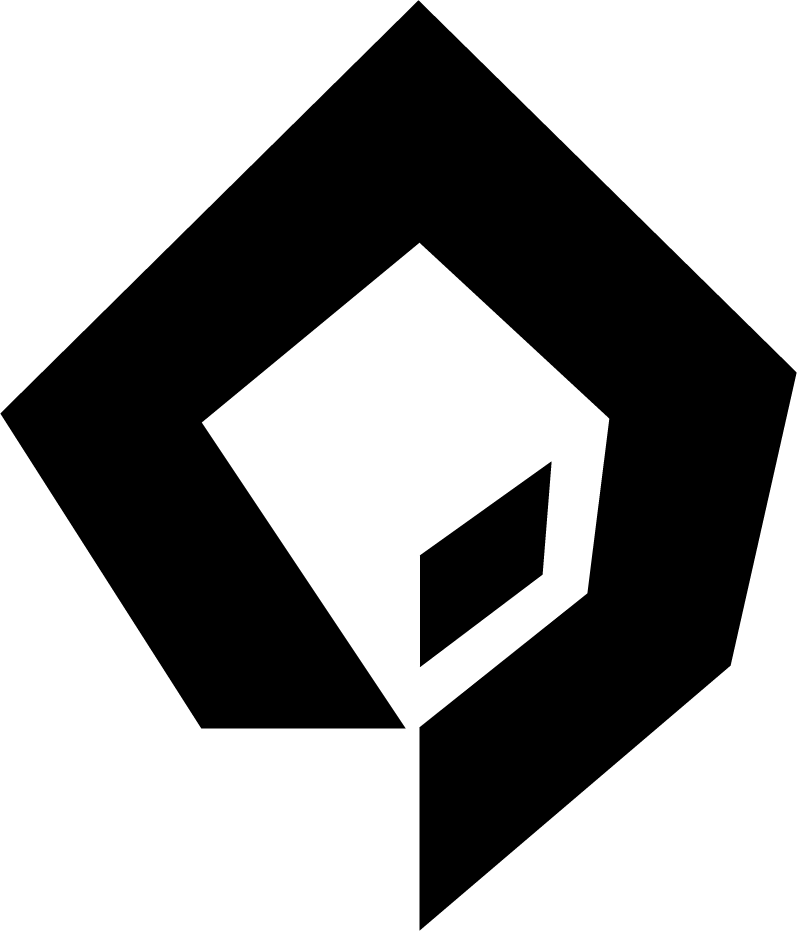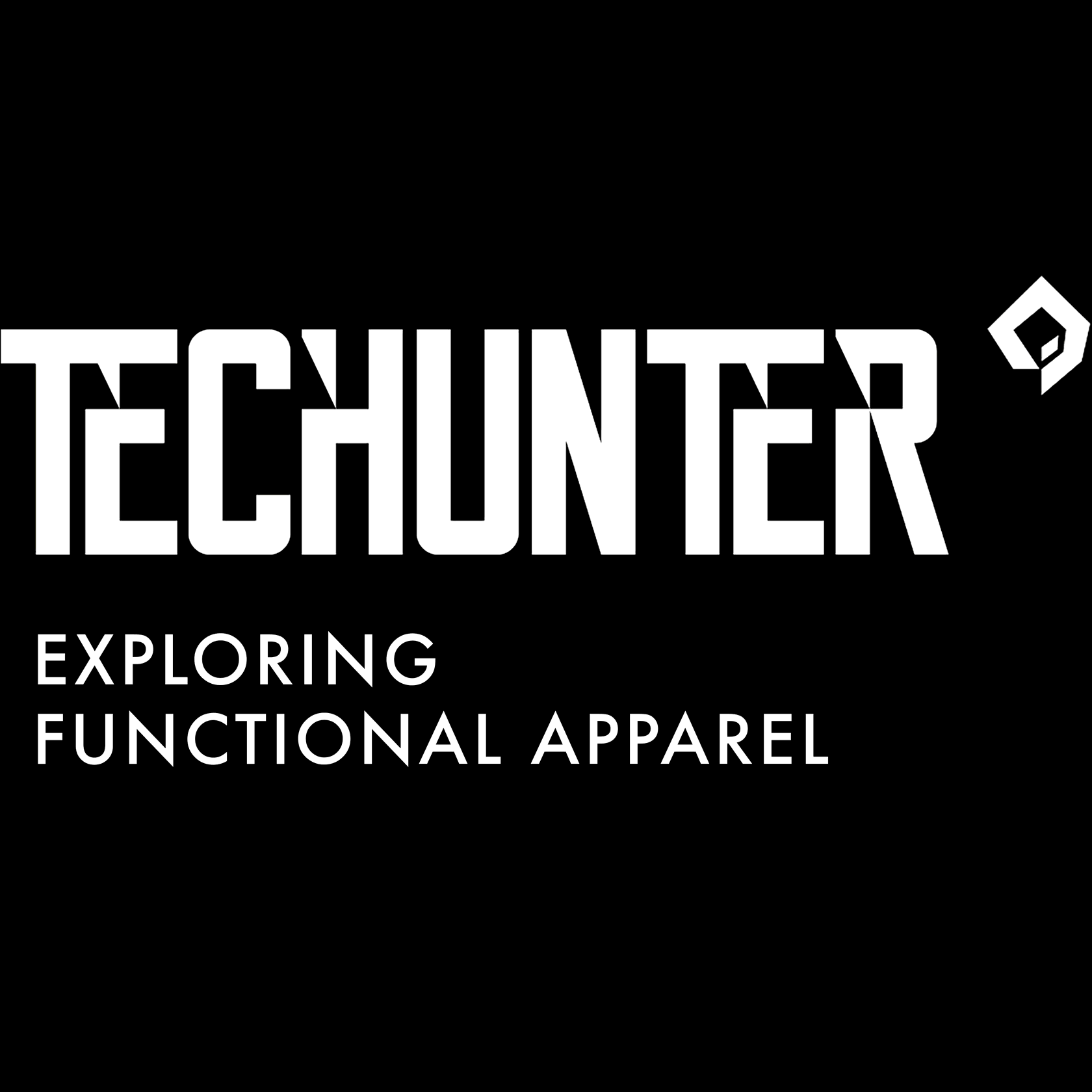NIKE inclusive sportswear Moscow workshop
+ SEVER interview.
+ SEVER interview.

NIKE inclusive sportswear Moscow workshop
+ SEVER interview.
+ SEVER interview.
From 1 to 3 October, a workshop on the creation of inclusive sportswear was held in the studio of NIKE Moscow flagship store on Kuznetsky Most street. Sportswear that everyone can wear without exception. Three groups of students from the universities of RSU of A.N. Kosygin, (MGHPU), of S. G. Stroganov and Institute of Business and Design was given 3 days to compile, study, design and create their sets of clothes. Each group had a curator-designer and athlete to help. The groups were divided into areas: training, sports style and running.
On the first day there was a meeting of students, presentation of the program, as well as training "Dialogues in the dark". The second day included a lecture program from NIKE, the Perspective Foundation and Motorica, and finally the first work in teams: briefings and sketching. On the final day, the organizers held NTC and NRC trainings for the groups, and then teams were preparing projects for the presentation.
On the first day there was a meeting of students, presentation of the program, as well as training "Dialogues in the dark". The second day included a lecture program from NIKE, the Perspective Foundation and Motorica, and finally the first work in teams: briefings and sketching. On the final day, the organizers held NTC and NRC trainings for the groups, and then teams were preparing projects for the presentation.
In 3 intense days teams were able to create unique sets of clothes for athletes. As a result of the workshop, presentations were sent to NIKE headquarters, where experts will evaluate the ideas of the teams to include them in the creation of inclusive clothing for world-class athletes.
We were able to attend the presentation of the projects and below you can learn more about the result of the teams, a special photoshoot with athletes, as well as read our interview with the curator of one of the teams – Vsevolod SEVER Cherepanov.
Article / interview : Alexander Zabelin.
Photo : Ivan Kaidash, Alexander Zabelin.
We were able to attend the presentation of the projects and below you can learn more about the result of the teams, a special photoshoot with athletes, as well as read our interview with the curator of one of the teams – Vsevolod SEVER Cherepanov.
Article / interview : Alexander Zabelin.
Photo : Ivan Kaidash, Alexander Zabelin.




1st group of students.
Direction : training.
Curator : Tigran Avetisyan.
Athlete : Alexander Godjurov – wheelchair basketball player.
Direction : training.
Curator : Tigran Avetisyan.
Athlete : Alexander Godjurov – wheelchair basketball player.
Design developments: Tigran Avetisyan's team improved the pants with pullers for width adjustment, and also added a Velcro patch to the entire length of the seam of the pants. Classic sports t-shirt with Dri-Fit technology was equipped with a special corset to support the body, adjustable straps on the back for tightening. On the chest there is a sensor with One Touch technology added (when moving, the heat energy of the body is transmitted to the sensors and turns into electrical energy, due to echo channels when approaching an obstacle, the sensors makes vibration and sound alerts, which can be configured in the appropriate application), which was created by students.
2nd group of students.
Direction : sports style.
Curator : Nikolai Voznesensky (Chiveskella).
Athlete : Alexander Chuvashev – wheelchair basketball player.
Direction : sports style.
Curator : Nikolai Voznesensky (Chiveskella).
Athlete : Alexander Chuvashev – wheelchair basketball player.
Design developments: the team of Nikolai Voznesensky improved 3 elements of clothing. The basic concept is the transformation of each element. The pants received transverse zippers at the knees to reduce tension and compression load when sitting, improved pockets with large volume and an inflated waistline to support the back, as well as an asymmetric front zipper for quick undressing. The jacket has a shortened waist length, adapted for the athlete, front design elements and detachable sleeves with buttons. Longsleeve is a t-shirt with sewn on sleeves and author's pattern. On the chest is the inscription made of buttons, in the style of Braille, meaning the color of the product.
3rd group of students.
Direction : running.
Curator : Vsevolod Cherepanov (SEVER).
Athletes : Alexander Pohilko – athlete, actor, motivational speaker; Natalia Timofeeva – runner.
Direction : running.
Curator : Vsevolod Cherepanov (SEVER).
Athletes : Alexander Pohilko – athlete, actor, motivational speaker; Natalia Timofeeva – runner.
Design developments: full-length tracksuit of two elements. The jacket has an asymmetrical front zipper and special long pullers for easy buttoning/unbuttoning. Seamless sleeve, unbuttoned to the elbow due to velcro-fastening for quick and easy access to the prosthesis. The pants are equipped with a belt with Fidlock fastening and an elongated strap for quick removal/putting on. Hidden knee-length sling on the pant is for transformation into shorts with long pullers. Author graphics on the back and leg.



After the presentation, we asked SEVER about how the event was happening:
[Tell us what happened during the 3 days of the workshop?]
We did a project with NIKE and designed functional clothing for inclusive athletes. One of the tasks was to create clothes suitable for all categories of athletes. We were divided into 3 groups: running, sportswear and training. I got running. The first day was a quest for all groups in a completely dark room, to understand the feelings of blind people. Very unusual experience: you do not understand what is happening around and very cool how it tells so much.
We did a project with NIKE and designed functional clothing for inclusive athletes. One of the tasks was to create clothes suitable for all categories of athletes. We were divided into 3 groups: running, sportswear and training. I got running. The first day was a quest for all groups in a completely dark room, to understand the feelings of blind people. Very unusual experience: you do not understand what is happening around and very cool how it tells so much.
The second day was a lecture on communication and communication methods, as well as a lecture of Motorica. It is a Russian company for the development and production of functional prostheses. I remember their experiment with VR, where in unusual locations you need to pass quests using prosthetic hands. By the end of the day there was a discussion of the kit design for our athletes with the team. We had 2 athletes, both runners, but the guy Sasha is more of a multi-sportsman. Under their guidelines, we developed clothes, recycling running silhouettes that NIKE already had. On the last day we were engaged in production and, at the end, presentation of projects.
[What do you think are the differences in designing clothes for inclusive athletes compared to others?]
To begin, there are practically no clothes for inclusive athletes. It is done personally, but almost no one works in this direction. NIKE was among the first to look into this area. Back in 2012, they had a project NIKE Sole, in which a runner with a prosthetic leg had a special sole for long distances. Our task was to develop clothing suitable for all categories. That is, the clothes that I designed with my team, I would gladly wear by myself and I like the final result.
To begin, there are practically no clothes for inclusive athletes. It is done personally, but almost no one works in this direction. NIKE was among the first to look into this area. Back in 2012, they had a project NIKE Sole, in which a runner with a prosthetic leg had a special sole for long distances. Our task was to develop clothing suitable for all categories. That is, the clothes that I designed with my team, I would gladly wear by myself and I like the final result.
[What was the possible during the workshop, with regards to working with clothes?]
Classic set to work with tailoring of the product. Although I was little surprised by the presence of an airbrush and a bath for dyeing / pigmentation of fabrics. The clothing was provided by NIKE and, in fact, we upgraded it.
[You had a mixed team of students from 3 universities. What can you say about the guys, their level and skills?]
As in any team, there were those who are interested and immediately involved in the work, trying to constantly be in the process, to offer ideas, and there are reverse cases. There were more players in my team, which pleased me very much. For example, I took the responsibility of making a presentation and all the technical sketches. But at the same time a couple of guys drew more creative sketches of models, offered help. And it is very cool that there was an initiative.
Classic set to work with tailoring of the product. Although I was little surprised by the presence of an airbrush and a bath for dyeing / pigmentation of fabrics. The clothing was provided by NIKE and, in fact, we upgraded it.
[You had a mixed team of students from 3 universities. What can you say about the guys, their level and skills?]
As in any team, there were those who are interested and immediately involved in the work, trying to constantly be in the process, to offer ideas, and there are reverse cases. There were more players in my team, which pleased me very much. For example, I took the responsibility of making a presentation and all the technical sketches. But at the same time a couple of guys drew more creative sketches of models, offered help. And it is very cool that there was an initiative.
[It is believed that there is still a legacy of past decades in modern design departments in Russia. Did you feel it when working with students?]
This is partly true, and there are moments in design education in Russia that I don't like. But I never studied to be a fashion designer, and all those things that are taught in universities, I passed myself – for me personally, this is the right way.
[Any ideas on how to change the approach to designer education?]
I think it will come when the generation changes. Already there are practicing teachers with modern views, but in the future they will be more and more of them. Maybe this situation is not everywhere, because I do not know how the guys are taught, I was only faced with the workflow. Or I just have a different approach to clothing design.
This is partly true, and there are moments in design education in Russia that I don't like. But I never studied to be a fashion designer, and all those things that are taught in universities, I passed myself – for me personally, this is the right way.
[Any ideas on how to change the approach to designer education?]
I think it will come when the generation changes. Already there are practicing teachers with modern views, but in the future they will be more and more of them. Maybe this situation is not everywhere, because I do not know how the guys are taught, I was only faced with the workflow. Or I just have a different approach to clothing design.

It's cool that NIKE is given the opportunity to think and work on new functionality. Because these are more interesting projects than classic workshops on customization and graphic content. And when you can experiment with a function, and finally combine it with the design – it's interesting, and, of course, I would like to see more projects like this one.



